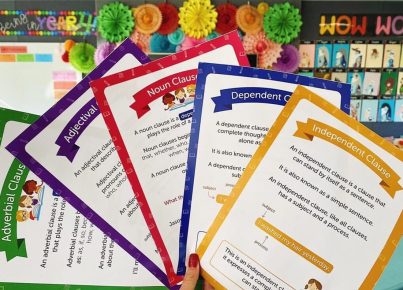As an educator, I am always on the lookout for innovative ways to spark creativity and critical thinking amongst my students. One unconventional approach I have adopted is having them write found poetry instead of traditional essays. This article aims to shed light on why I choose this alternative method and the benefits it brings to my teaching practice and students’ learning process.
Found poetry is a distinctive form of writing where students create poems by selecting and rearranging phrases, sentences or entire passages from different sources like newspapers, books, and even speeches. The goal is to use these “found” words artistically to convey new meanings within a poem.
The reasons why I have made the switch from traditional essays to found poetry are manifold:
1. Encouraging Creativity: Asking students to construct poems from existing texts encourages them to think creatively and find new connections between concepts. This process nurtures their imaginative skills, a valuable asset that traditional essays might not sufficiently develop.
2. Enhancing Critical Thinking: Found poetry requires students to thoroughly analyze their source material in order to craft meaningful and impactful poems. This fosters critical reading skills, an essential tool for making sense of any complex text they will encounter in the future.
3. Breaking Free From Rigid Structures: Unlike essays with their pre-determined structures, found poetry offers a more flexible canvas for expression. Students can experiment with various formats, layouts, and language styles that best suit their artistic vision.
4. Inspiring Confidence: Crafting a poem can be a liberating experience for shy or struggling writers, as it allows them to present their ideas poetically rather than formally arguing a point in an essay. This boosts not only their self-confidence but also makes them eager to improve and share their work with peers.
5. Engaging Multiple Intelligences: Found poetry caters to different learning styles by integrating linguistic, visual-spatial, and logical-mathematical elements. Students can use imagery, wordplay, and symbolism as they rearrange words and phrases from their source materials – a multi-dimensional approach that addresses all aspects of their learning.
6. Improving Collaboration: Found poetry assignments can be designed as collaborative projects where students work in pairs or groups to create a collective piece. This encourages teamwork, fosters constructive criticism and facilitates peer learning.
7. Fostering Appreciation: Writing found poetry deepens students’ appreciation of language, literature, and different writing styles. By examining others’ work closely to extract key elements for their poems, they naturally develop an understanding of the beauty and power of words.
In conclusion, incorporating found poetry into my curriculum has proven transformative and enriching for both my students and me. It has fostered creativity, critical thinking skills, self-expression, and a sense of community within the classroom while moving away from the rigidity of traditional essay writing. I encourage my fellow educators to try this approach in their classrooms and witness the profound impact on their students’ learning journeys.





